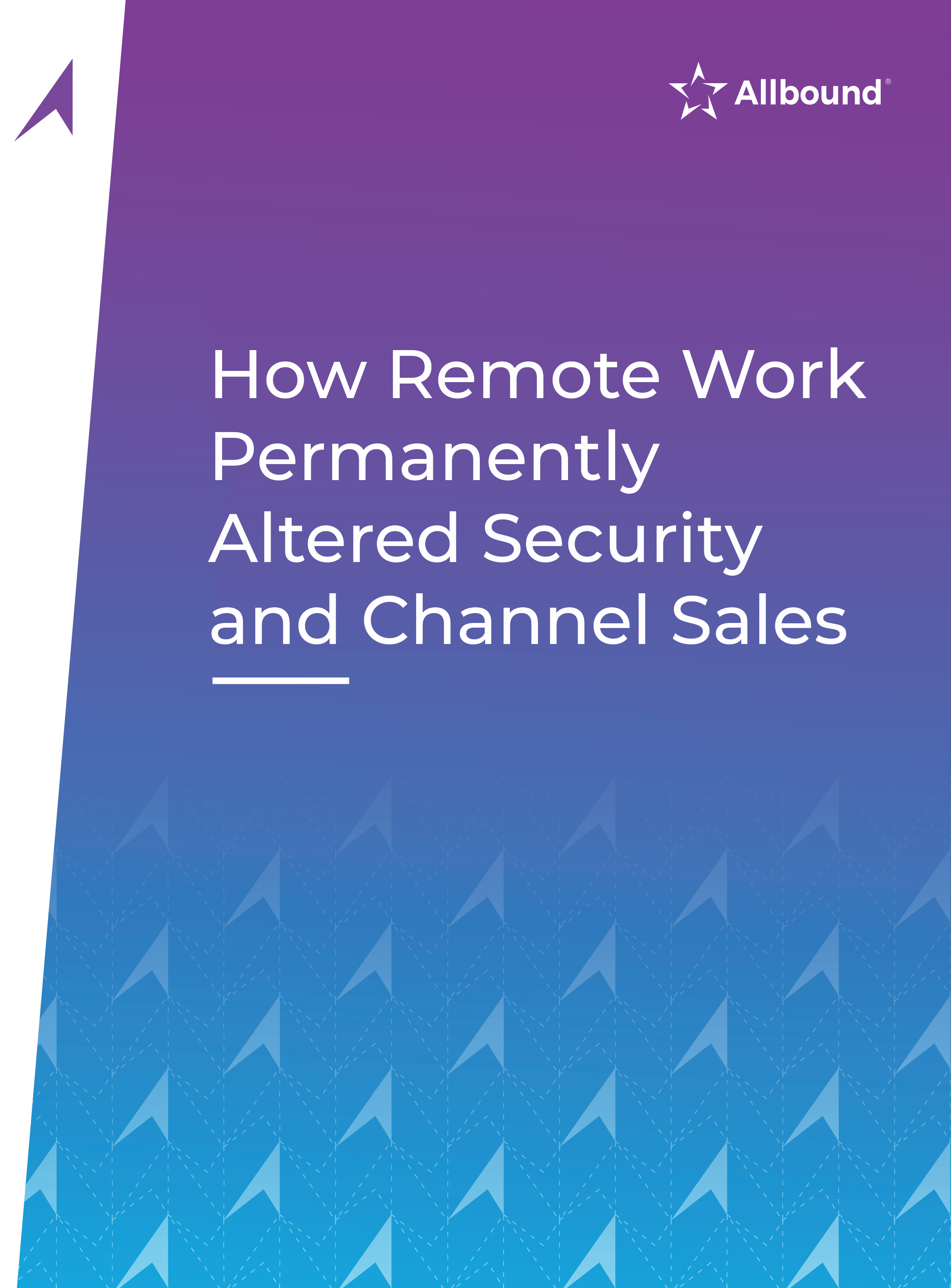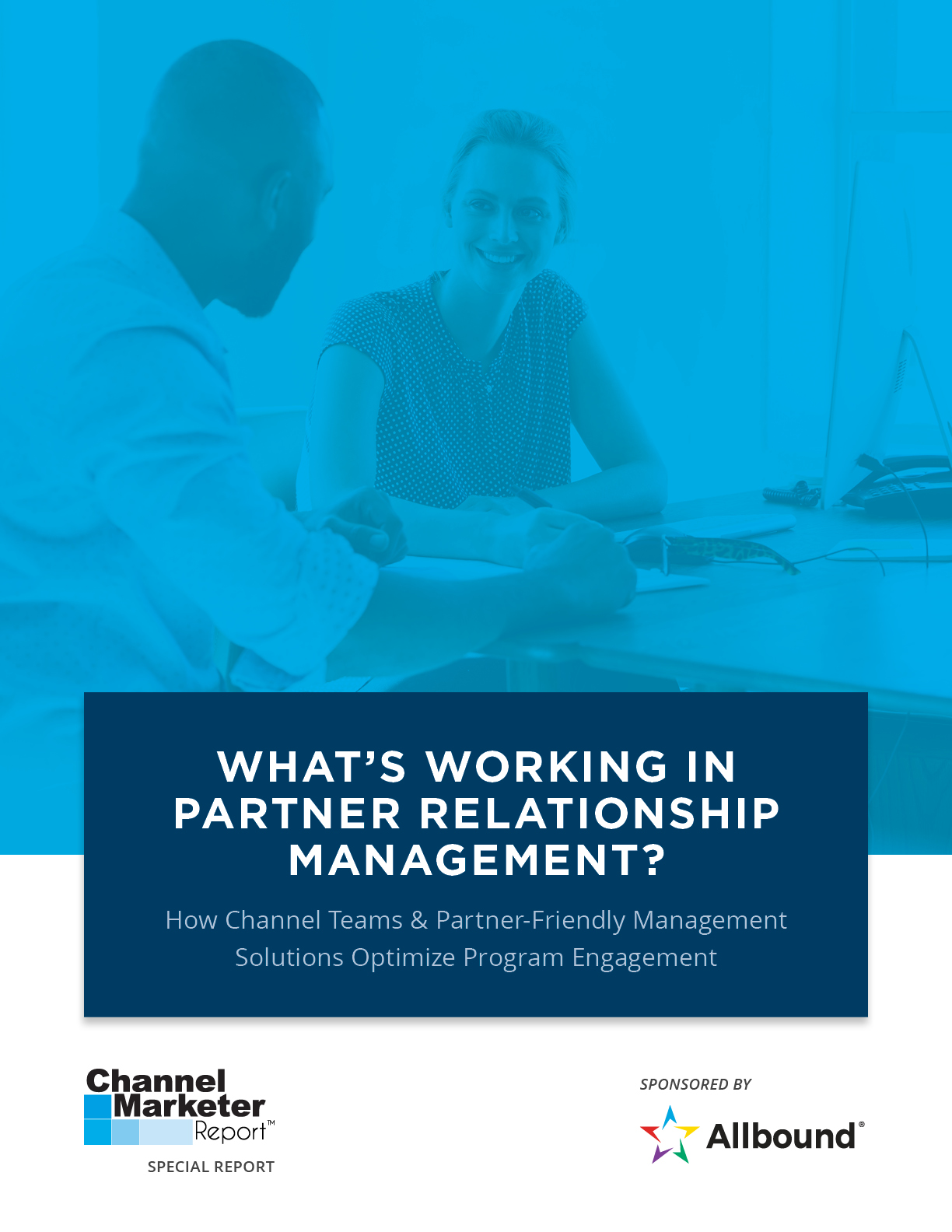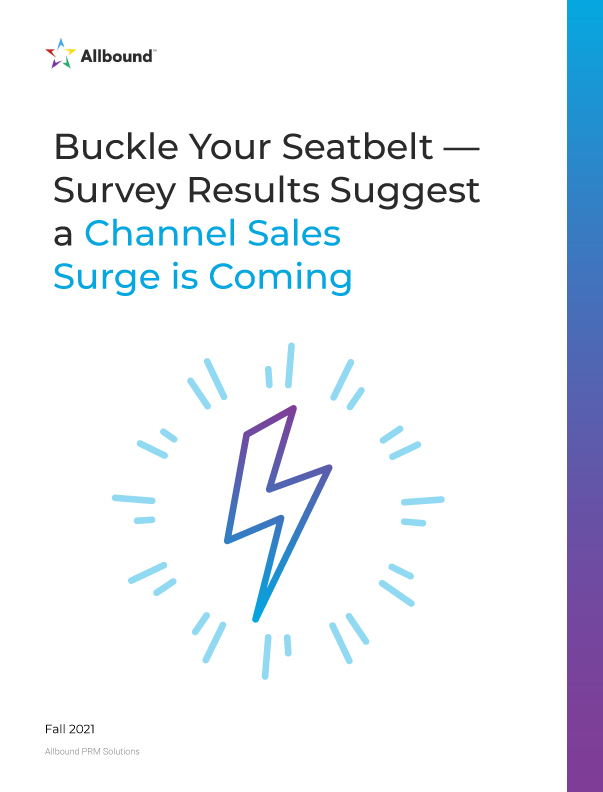Topics
Sharing Intent Data With Partners Supports Prioritizing Prospects, Identifying Upsell Opportunities
To help partners more effectively generate sales qualified leads and convert them to customers, channel marketers are sharing insights gleaned from sophisticated buyer-behavior monitoring solutions and services.
With the information, partners are able to prioritize prospects who are actively researching solutions and create personalized campaigns to engage them. The data can also be used to make decisions and take action to retain current customers or identify new upsell and cross-sell opportunities.

Empowering partners with reliable information about the intentions of specific customers is critical to successful sales plays. Here’s why. According to TechTarget, a provider of purchase intent-driven marketing and sales services, 83% of buyers engage with sales after they have conducted independent research. For the most part, however, those first-contact conversations with sales reps are missing the mark. Data indicated that B2B decision-makers think sales reps are unprepared. According to TechTarget, 65% of buyers say that outreach is not relevant to their needs. Consequently, a majority of buyers are dissatisfied with their on-the-phone experience.
Engaging In-Market Prospects
One company striving to help its channel partners’ sale staff engage in-market prospects more effectively is 8×8, a provider of Voice over IP products. 8×8 invites partners to share information on the prospects or customers they are targeting. Then, using the data provided by the TechTarget Priority Engine, 8×8 generates insights on those targets identifying the top prospects or customers who are actively researching solutions and searching for keywords around our products.
Partners can then act on that data by creating a personalized marketing campaign to engage those prospects. Since the company started using TechTarget’s Priority Engine tool to identify and engage the buying team at target accounts and discover new business and upsell opportunities with current customers, participating partners have seen a 20% increase in conversion rate, allowing them to generate more sales-qualified leads and new monthly recurring revenue opportunities totaling $1.5M.
Initiating conversations that keep their companies on a prospect’s short list requires a light touch. Even when ample information about a prospect and their intentions is known, TechTarget recommends that outreach be treated as a cold call that may transition to a subtle pitch related to their interests.

At 8×8, the channel team made sure an enablement piece was established before handing data over to its partners, said Daniel Streeter, Channel Marketing Manager at 8×8, in a case study. “We’ve worked hard to enable our channel partners to understand the intent data from Priority Engine and use the tool itself, so they know how to best target and follow up with prospects from the tool.”
8×8 uses the intent data first as a baseline to make more targeted decisions about its marketing activity. “When we begin a campaign, our internal team determines which segment we want to target and our overall campaign goals, and then works with the channel partners in that industry to determine the context mix for the campaign.”
Data about the targeted segment is then shared with its channel partners to actively drive the campaigns. “We target people that are researching solutions online, potentially downloading our content, or looking at our website. The channel partners will leverage Priority Engine to tailor their marketing outreach based on the prospects’ content and topic preferences,” Streeter explained. The prospect insights are refreshed weekly, so campaigns capture new prospects that meet the campaign criteria.
TechTarget emphasizes that channel marketers and their partners should tread lightly when engaging prospects identified with intent data solutions. “With intent data, a sales agent is following up on a signal of interest,” said Jillian Coffin, Senior Vice President at TechTarget. “When you engage with these customers, you have to be careful not to come off as Big Brother.” The preferred reaction from a prospects is that the caller has read their minds, said Coffin. Agents are advised to use the call to gather more information about the prospect’s needs or the problem they are trying to solve.
The data that powerful intent data tools uncover can capture B2B buyers in the earliest stages of their journey – before they’ve clearly identified their needs, what problem they’re seeking to address, and most likely before they’ve put together a short list of vendors. TechTarget recommends that vendors have a process in place to nurture these prospects and make sure that their solution meets the business’ requirements before sharing the lead with a partner. “Partners typically have strong selling teams but may not have the nurturing capabilities to engage a prospect at the earliest stages of their buyer’s journey,” said Coffin.
Nurturing Is Necessary
A best-practice guide by TechTarget shares several recommendations on how companies and their partners should engage intent-data identified prospects. It provides detailed information on nurturing activities and sales cadence. The key point for initial contact is that sales staff should call as if by chance and tailor their pitch to a customer’s known interests.
Channel teams should be careful about which partners they invite to participate in an in-development intent-data program. “We recommend starting with your most trusted partners,” said Coffin. Success hinges on careful training on best practices all the way through to the channel seller, she said.
Intent-data programs are most effective when sellers “really trust the data and know what to do with it to take action,” said Coffin. As partners’ sales engage prospects with information gleaned from intent data solutions – and see the impact on the sales cycle – they recognize the “goldmine” it represents, she said.
Intent data scoring is becoming increasingly common among B2B companies. In its ABM and Intent Benchmarking Study 2022 survey, Foundry, an IDG company, discovered that more than 90% of marketers said they use intent data scoring to prioritize accounts, identify content to be served and build target account lists. Almost all – 95% — of marketers said they are able to track the ROI specific to their intent-based programs; 92% said they’re confident in the validity of their data sources.









